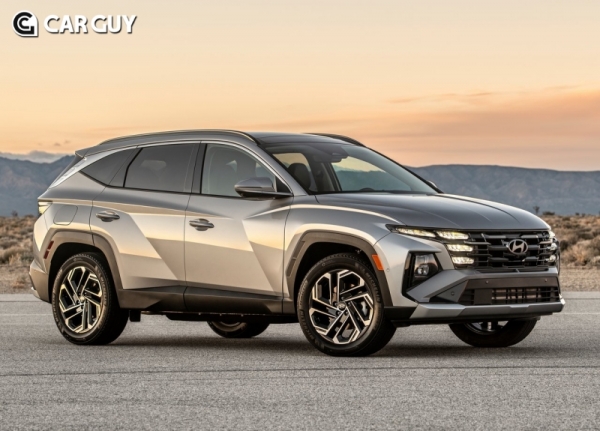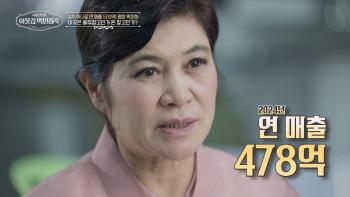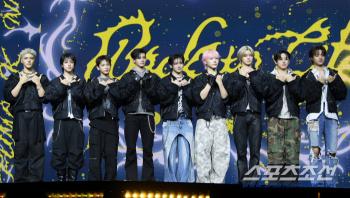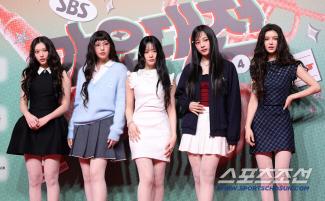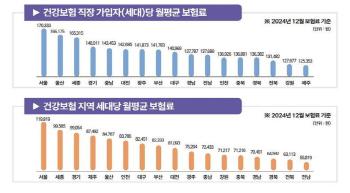Hyundai Motor's No. 1 export Tucson..The first hybrid overseas evaluation
Jun 30, 2025
|
In fact, in May, the large SUV Palisade recorded the highest sales volume in Hyundai's domestic lineup. But overseas is different. Hyundai's most exported vehicle is the subcompact SUV Tucson.
It is very popular in the North American market, Europe, and Australia. What are the advantages and disadvantages of Tucson from abroad. Overseas automobile media Cas Coups has confirmed its competitiveness in Australia. The 2025 Hyundai Tucson Hybrid Premium N Line was tested for approximately 2000 km.
The fourth-generation Tucson, which debuted in 2021, was one of the popular models at Hyundai.The sleek design and sophisticated lighting signatures at the front and back were well received for their standout personality on the road unlike previous models.
There was no problem in itself, but the 2025 facelift model appeared.The appearance is not much different, but it has a completely new interior and further reinforces the previously impressive design.The newly refurbished Tucson also introduced a hybrid powertrain that replaces previously sold diesel engines.
I drove a Tucson hybrid about 2000 km to see what improvements were made and if the hybrid power train was good. The driving time was about 30 hours. The Tucson hybrid is much more expensive than the basic model with a 1.6-liter turbocharger four-cylinder engine or a 2.0-liter natural inhaler four-cylinder engine.
The cheapest 2.0-liter engine starts at A$39,990 (about W35.4 million). The entry-class Tucson hybrid starts at 46,990 Australian dollars (about 41.6 million won).The test drive tested is a flagship Tucson hybrid premium that starts at 62,490 Australian dollars (about 55.3 million won).
The N-line package is applied to our test car and painted in Ultimate Red, so the total price has risen to 64,585 Australian dollars (about 57.1 million won). That's a significant amount, slightly more expensive than the flagship Kia Sportage GT-Line Hybrid, which starts at A$67,773 (about W53.8 million).
However, the Tucson Hybrid is similar to the flagship Toyota RAV4 Hybrid Edge, which retails at A$63,794 (about W56.5 million). If you look at the appearance of the facelift Tucson, it is hard to notice the difference.However, if you look closely, it has applied a new front bumper that is more aggressive.
The N-Line version completes a more sophisticated design with the same arch as the body color, a new front bumper, a unique black grille, and a new 19-inch wheel.It is also equipped with LED reverse lights, new LED headlights, and high-beam assist.
The new Tucson looks pretty much the same as the previous model, but Hyundai has redesigned the entire interior, which is quite unusual for a facelift.
The interior is much nicer.The interior of the previous model was essentially fine, but there were also some quirks, including the odd four-spoke steering wheel.The way the infotainment screen was integrated into the dashboard and surrounded by piano black plastic was also not well received.
The Kia Sportage, Tucson's twin model, was also released in 2021 as a new generation, but the interior was primarily viewed as more modern than Hyundai. The new Tucson is now on par with Sportage. The most important update is the installation of two 12.3-inch screens within a single panel located at the top of the dashboard.
This is similar to that seen in the flagship Sportage model.Both screens are clear and responsive. It also supports wireless Apple CarPlay and Android Auto.
In addition, a small touch panel for indoor temperature control has been added.There are physical thermostatic dials in the driver's and passenger's seats, which are uncommon these days.
Tucson also has a new wireless charging pad and a three-spoke steering wheel that is much nicer than its predecessor on the facelift. The new Tucson has switched to a column-type gear selector similar to the one mounted on Hyundai's electric vehicles.Although it may take time for the customer to get used to, I like the intuitive usage overall.
The hybrid power train consists of a 1.6-liter turbocharger four-cylinder engine, an electric motor, and a 1.49 kWh battery pack.No plug-in hybrid versions sold in the United States are available in Australia. The PHEV version packs a larger 13.8 kWh battery.
The most impressive thing about the Tucson hybrid powertrain is its softness. During a week's test drive, there has never been a sudden drop or cut-off in output as the electric and internal combustion engine power generated by some hybrid vehicles switches automatically.All of this works seamlessly.
Instead, there is no way to adjust the way the electric motor and the 1.6-liter engine work.For example, Tucson hybrids do not offer EV-only modes like PHEVs. There is also no option to switch to an internal combustion engine for battery charging.
Of course, these features generally apply only to plug-in hybrid vehicles and not to traditional hybrid vehicles.
But it would be better if there was an option to drive only with an electric motor even for a short distance. The Tucson Power Train produces an impressive output of 231 horsepower and 367 Nm of torque.This is a very good number for a car of its kind.The 0-100km/h acceleration performs an amazing performance of 7.2 seconds.
Most people choose hybrids because of their efficiency.Hyundai said the combined fuel efficiency of the Tucson hybrid is 18.8 km/L. However, it averaged 16.1km/L throughout the test drive, falling short of the official fuel economy level.
The main reason is that most of the test drive time was spent cruising on the highway. There were few opportunities to drive in EV-only mode at low speeds where hybrid fuel economy improved.
One of the features I particularly liked is the adjustable regenerative braking system.It works just like a Hyundai electric car. The three stages of regenerative braking can be controlled through the paddle shift behind the steering wheel.
There is no one-pedal driving mode like an electric car.Moreover, the brake regenerative braking only operates in the eco mode.In other modes, the gear needs to be changed to a paddle shifter.
That is, regenerative braking cannot be used in sports mode. A six-speed automatic transmission is good, but I also feel a little old-fashioned at the moment. It looks like you need gears like 8th or 9th speed. Upgraded Hyundai Tucson has improved its already solid options to stand out and the interior is better.
But the Tucson flagship hybrid version is quite expensive. As is often the case, most buyers are expected to have many mid-priced model choices.
Tucson is often selected as a vehicle with excellent evaluation compared to competitors in Germany, an automobile powerhouse.It is also showing even sales in Europe and North America. Currently, Hyundai is developing an upgraded hybrid powertrain.Tucson sales in overseas markets are expected to cruise in the future.
Editor Song Moon-cheol mc.song@carguy.kr
This article was translated by Naver AI translator.
